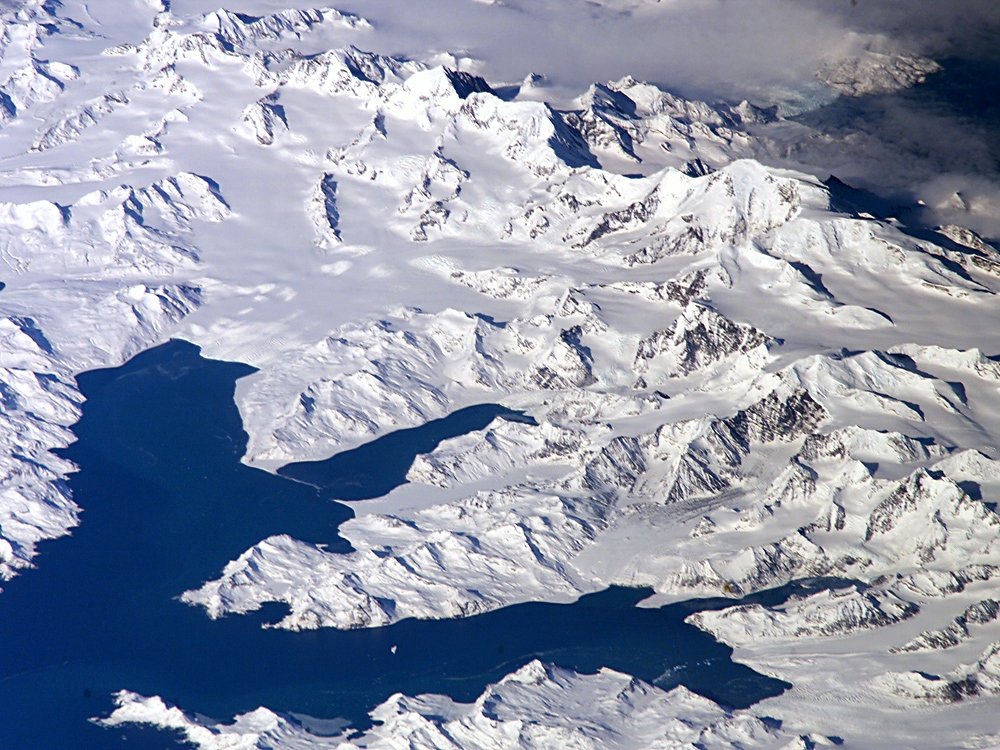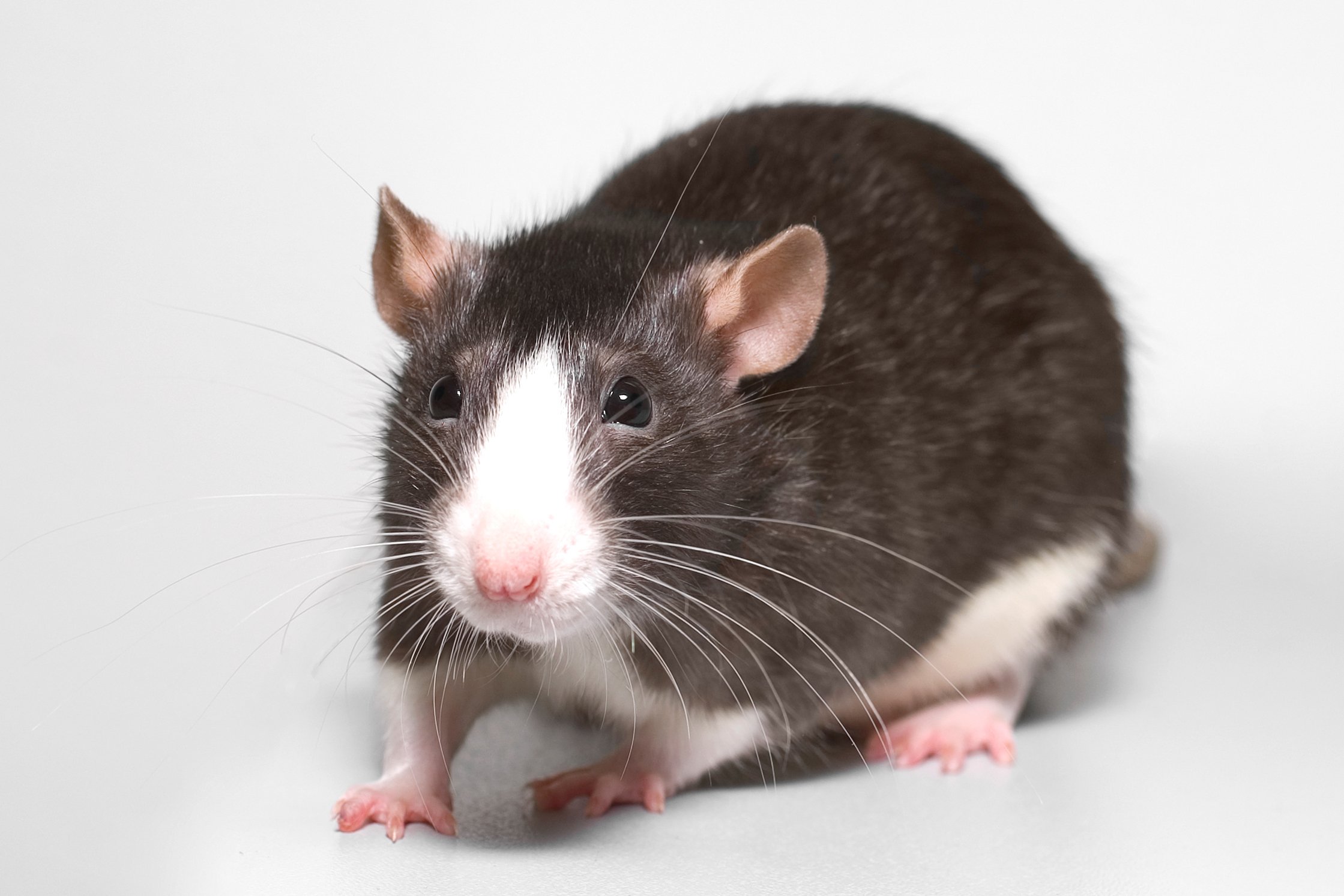South Georgia is an island in the southern Atlantic Ocean that is officially owned by the United Kingdom. To the untrained eye, it might just look like a huge chunk of rock that is topped with snow and ice, but it is in reality an ecologically important island that houses several endemic species of birds.

A satellite image of South Georgia. Image is Public Domain.
If you travel to South Georgia, you can expect to find mammals such as fur seals and elephant seals, which both use the island as a breeding ground. In fact, over 97 % of all the fur seals use South Georgia as their nursing ground when they get offspring.
The island is also well known for its diversity of birds. The South Georgia pintail (Anas georgica georgica) and the South Georgia pipit (Anthus antarcticus) are two species that are only found on this island. The latter bird is also the only species of song bird found in all of Antarctica, making it a pretty unique species.
These two endemic birds (endemic means that they are not found anywhere else in the entire world) used to thrive on South Georgia’s main island, but has been pushed off it, and are now only surviving by taking advantage of small offshore island connected to the main island. It has put them in a bad spot, and we’ll soon get to look at what caused it.
In addition to having a few endemic species, the island is home to a total of over 30 million nesting birds from over 80 different species, so it’s really a biodiversity hotspot in an otherwise mostly uninhabited region.

A South Georgia pipit. Image by Brian Gratwicke, posted with the Creative Commons Attribution 2.0 Generic license.
South Georgia is a very important breeding ground for the king penguin (Aptenodytes patagonicus), the second largest species of penguin alive. They are currently not in any immediate threat of extinction, but changing temperatures in Antarctica could potentially lead to a huge population loss.
As you can see, South Georgia has a pretty diverse fauna, but it also used to have a big threat to them: rodents brought to the island by humans!
How the rodents threatened the local fauna
When an island is as remote as South Georgia is, the species there will only have a few selected predators, and have evolved to find a way to keep them at bay. This evolutionary arms race between predator and prey has been going on since life first emerged, but we often find that this balance is being disrupted due to species being brought over from other parts of the world.
When whalers and seal hunters first visited South Georgia between 200 and 250 years ago, both rats and mice had been living on the ships, and found their way onto the island. You can probably imagine the bloodbath that took place when the rats found the burrows of the nesting birds, who had not adapted to rodents, and therefore laid their eggs directly on the ground, or in shallow burrows, instead of making nests on steep cliffs. This obviously posed a huge threat to many of the species who used the island as breeding ground, and many of these suffered huge losses due to the rodents.

Rats are great opportunists that are capable of creating huge problems for bird populations if they are able to reach their nests. This is a pet rat. Image by AlexK100, posted with the Creative Commons Attribution-Share Alike 2.0 Generic license.
As time went on, the rodent population (especially rats) kept growing, while some of the bird populations just kept shrinking. However, in 2008 a group called South Georgia Heritage Trust (SGHT) decided that they wanted to fight the rodent infestation, and started a fundraiser to collect money for the project.
Getting rid of the rodents on South Georgia
When SGHT teamed up with Friends of South Georgia Island, they managed to raise £10,000,000, which would obviously go a long way in eradicating the rodents from the island. At the start of the project in 2011, the team dropped 300 metric tons of poisoned rat bait over the island. This process took several years, and they would continuously drop the bait all summer long.
The poisoned bait project kept going until 2015 when they believed that it had killed most of, if not all the rodents on the entire island. They ended up dropping bait on over 100,000 hectares (1,000 Square Kilometers), making it by far the biggest rodent eradication campaign ever seen.
A South Georgia pintail (Anas georgica georgica), a subspecies of yellow-billed pintail (Anas georgica) that is endemic to South Georgia. It was threatened due to the rodents on the island. Image by Sabine's Sunbird at English Wikipedia, posted with the GNU Free Documentation License, Version 1.2.
It has been two and a half year since the project was finished, and it was time to figure out if it had been a success or not. Both rats and mice are quick reproducers, especially in a place like this where they have unlimited food, so we would have expected to have a pretty big population again if even a few rodents had survived the poison.
In order to make sure all the rodents had been exterminated, the team began a full island search for any trace of the rodents, and did four things to make sure there were not rats or mice left:
- Put out chewsticks. These will attract the rodents to come and taste them, and if they do they will leave telltale tooth marks on the stick.
- Put out cameras in places where they would expect the rodent to live or travel.
- Put ink in tunnels and areas where they expected rodents to travel through, which would have left them with footprints if there were still any rodents alive on the island.
- Use three dogs who are specialized on sniffing out rodents, which require a lot of discipline when you consider in the fact that there are millions of birds and thousands of sea lions and seals on the island. The dogs actually traveled 2420 kilometers with their walkers without finding any trace of mice or rats.
The search for any remnant of a rodent population went on for about 6 months, and they never found a single trace of them! This allowed them to declare that South Georgia is officially rodent-free!
According to Mike Richardson, chair of the SGHT Habitat Restoration Project Steering Committee, they have already seen “an explosion” in the bird population after they began the drops of poisoned bait in 2013.
While it seems pretty certain that the rodents are gone from the island, we obviously cannot say 100 % that they are all dead. However, now the focus is changing from getting rid of the rats, to figuring out how they can make sure that a new infestation is impossible. There are no one who lives on the island, but ships stop by there every once in a while, so they need to make som measures in order to prevent a future reinfection.
Thanks for reading
I hope you enjoyed learning about South Georgia, and how it dealt with its rodent problem. Please use the comment section below to let me know what you think of this matter!
About @valth
Hey, I'm @valth - the author of this post. I love to write about nature, biology, animals, nature conservation, ecology and other related branches of science, and I occasionally write about my life, about Steem or about random stuff as well. I'm trying my best to write at least one post every day, so make sure to give me a follow if you enjoy my content and want to see more of it.
Join the @valth community!
I love nothing more than to engage with my readers, so please join the @valth community in the comment section. You will definitely find more information about the topic, personal experiences, questions, and even opposing views down there, so don't miss out on learning more.
I always reward users who post good comments, so please take the opportunity to share your views and get a small upvote in exchange for it.
